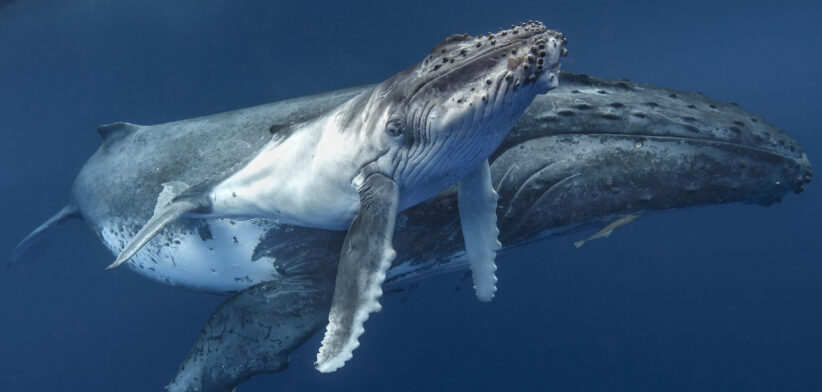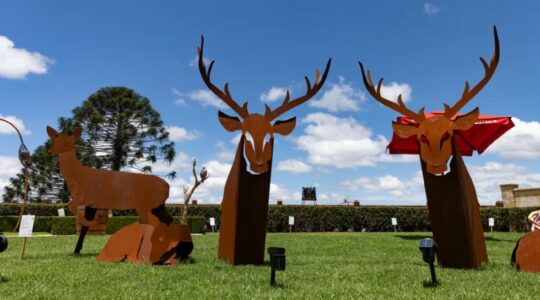The waters of Moreton Bay, north of Brisbane, are a mothers’ retreat for migrating humpback whales.
A new study, which looked at the behaviours of whales in both Moreton Bay and Hervey Bay, found distinctly different patterns.
Griffith University’s Raphael Mayaud said while both bays offered ideal resting places, Moreton Bay demonstrated more of a practical role as a stopover, compared to the multi-faceted use observed in Hervey Bay.
Dr Mayaud said his team initially identified Moreton Bay as an important stopover for humpback whale mothers and calves on their southward migratory journey in a 2023 study, but they conducted follow-up research to clarify its role within the broader migratory network.
“Given the potential significance of this finding in terms of how it could impact the conservation status of the bay, it’s important that we understand the functional roles of stopovers because they give us a holistic perspective of population dynamics and connectivity,” he said.
“Because Hervey Bay has been extensively studied and well-documented as a stopover for the past couple of decades, it serves as an appropriate benchmark for us to compare Moreton Bay with.”
Dr Mayaud said the results showed Hervey Bay supported a more heterogenous mix of demographic groups, while Moreton Bay had a significantly greater number of calf-groups.
He said whales in both bays exhibited similar resting behaviours, but social interactions among juveniles were unique to Hervey Bay, making it clear that each of the sites provided its own unique offerings for humpback whale groups.
“Hervey Bay felt like a playground, where the whales were socially interacting with one another, and were genuinely curious about the research vessel, whereas Moreton Bay seemed more like a much-needed pit-stop,” he said.
“And this was reflected within our results. We found Hervey Bay had a more equal proportion of pod groupings while Moreton Bay was heavily dominated by calf-groups.”
Read the full study: Differences in the functional use of two migratory stopovers by humpback whales (Megaptera novaeangliae).








